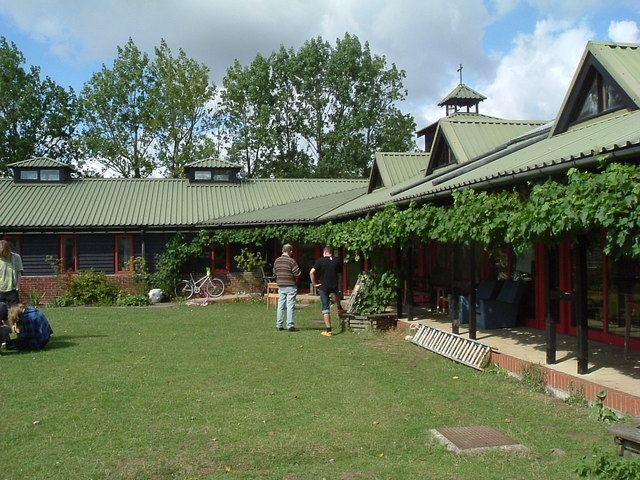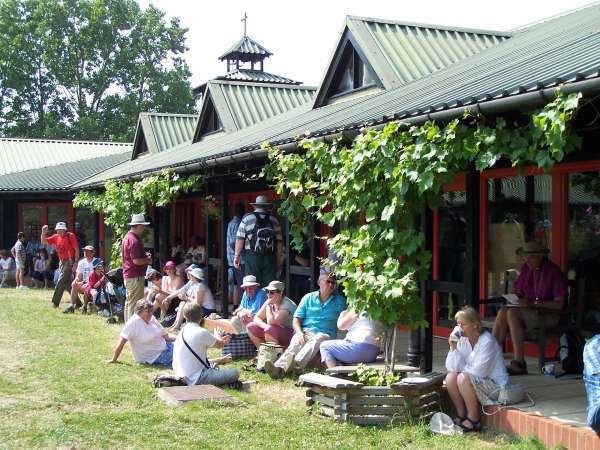OS grid reference TM031081 | ||
 | ||
Similar Chapel of St Peter‑on‑the‑Wall, Portus Lemanis, Branodunum, Gariannonum, Regulbium | ||
Othona or Othonae was the name of an ancient Roman fort of the Saxon Shore at the location of the modern village Bradwell-on-Sea in Essex, England. The Old English name Ythanceaster for the locality derives from the Roman name.
Contents

History

The fort of Othona is in a typical late 3rd century style, and was possibly constructed in during or shortly prior to the Carausian Revolt, making it contemporary with the forts at Dubris, Portus Lemanis and Gariannonum According to the Notitia Dignitatum, which is the only contemporary document mentioning Othona, the fort was garrisoned by a numerus fortensium ("numerus of the brave ones").
Location and construction

Othona's location at the edge of the Dengie Peninsula was ideal for control of the estuaries of the rivers Blackwater and Colne, the latter leading to the important city of Camulodunum (now Colchester). The fort's shape is roughly trapezoidal, with rounded corners. The stone rampart was 4.2 meters thick, indicating a tall superstructure, and enclosed over 2 hectares (4.9 acres). A single exterior ditch surrounded the site. Although some of the Roman building material was reused in the 7th century Chapel of St Peter-on-the-Wall, enough of the rampart survived until the 17th century, when it was described by Philemon Holland as a "huge ruin".


